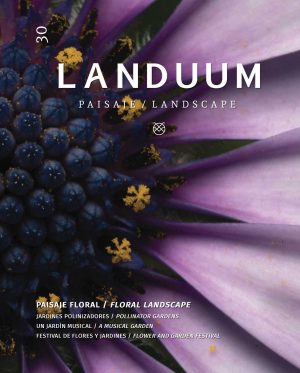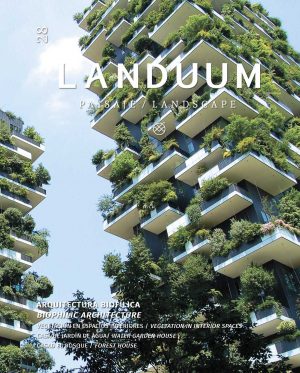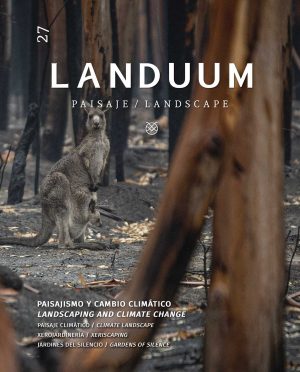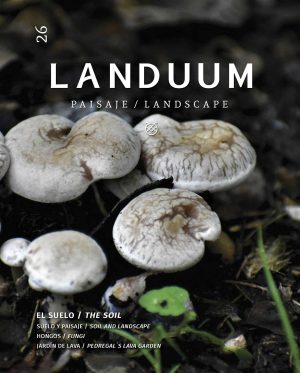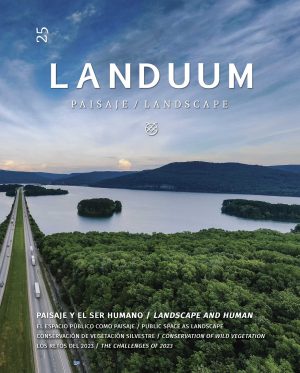Get to know the urban lessons of México and France with Andrea Conde in “From Mérida to Lyon: A journey through Urban Vitality”.
Read More- No products in the cart.

History & Culture
Discover the Sagrada Familia, where current technological and construction aspects are used to complement the ancient ones, in the article The Secrets of Gaudí by Arturo Campos.
Read MoreRecognize the Flowers of the Mayan homegarden with Juan P. Pinzón y Juan José Ancona Aragón.
Read MoreLearn from J. Cruz García about the benefits and importance of pollinator gardens in the urban environment, in his article Gardens for pollinators, smart spaces for cities.
Read MoreIn an increasingly connected world, the concept of landscape has evolved beyond its traditional definition. Now, the environment is being transformed into a dynamic space that increasingly incorporates technology to improve the experience of walking through it, people’s quality of life and promote environmental sustainability. This emerging concept is known as the “smart landscape” and is marking a significant milestone in both urban and rural design in the 21st century.
Read MoreMarianela Rochas-Porraz nos presenta El jardín floral: del espacio de placer al reservorio biodiverso, en donde nos invita a conocer los jardines del palacio Villandry.
Read More








